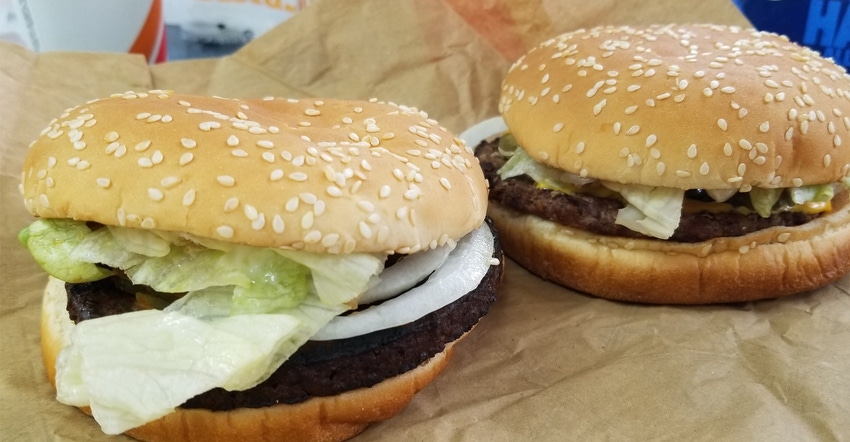
Far be it from me to suggest that Americans shouldn’t be concerned about the obesity epidemic, the quality of our food, or the ingredients and processing that goes into what we eat.
I do, however, take exception to the notion that healthier eating means not drinking milk or eating meat. That idea, often paired with the notion that cattle are somehow killing the ecosystem and causing climate change, is just plain wrong.
Large ruminant animals and the prairie ecosystem of North American rangelands have a natural, symbiotic relationship. Before we grew cattle on the ranges of the Flint Hills and the Red Hills and the Cimarron grasslands, nature put bison there. Bison numbers, in fact, were greater 200 years ago than the numbers of dairy and beef cattle that occupy the rangelands today.
Those animals are nature’s ultimate factory for converting low-quality plant material into high-quality human food protein. The forages they consume grow on land that is not suitable for growing other crops such as corn and soybeans. Those lands are also not usable for growing human food crops. When plowed to plant crops, they are highly subject to wind and water erosion and it was, in fact, rangeland conversion to cropland that brought us the dust bowl.
According to the Natural Resources Conservation Service, grazing animals eat plants that cannot be digested by humans and many other animals, and they have the advantage of producing food (such as beef) and fiber (such as wool) with little expenditure of fossil fuel energy. On properly managed grazing land, only 1 calorie of fossil-fuel energy is needed to produce 2 calories of food. Many crops require from 5 to 10 calories of fossil-fuel energy for every 1 calorie of food or fiber produced.
Rangelands do not require tillage, planting or harvesting. As a carbon sink, they are more reliable than forests because they sequester carbon deep in the soil, whereas trees store carbon in their leaves and branches and release it back to the atmosphere in the event of wildfires or storms that leave trees broken and decaying.
The U.S. has a LOT more rangeland than cropland — 528 million acres of range and pastureland versus 253 million acres in cropland. Rangeland supports a variety of wildlife in addition to providing forage for cattle.
Finally, if you decide not to drink milk or eat meat, what do you use as a substitute protein? That answer is most often something made from soybeans. Soybean production is not as eco-friendly as grazing. But is it healthier? Let’s look at the nutrition labels:
The plant-based Impossible Burger — the hottest item out there right now for the “avoid meat” crowd — has 240 calories, a whopping 14 grams of fat and 8 grams of saturated fat, 19 grams of protein, 9 grams of carbohydrate, 3 grams of fiber, and just under a gram of sugar.
The real thing, a quarter-pound hamburger — has 219 calories (that’s 21 fewer), 10.3 grams of fat and 4.2 grams of saturated fat (half as much), 29.7 grams of protein (10 grams more), zero carbs, zero fiber, and zero sugar.
Hmm. I think I’ll go grill a burger. I might even add a hunk of cheese (even if it does add on a couple extra calories). And wash it down with a glass of cold milk. Maybe ice cream for dessert.
About the Author(s)
You May Also Like






